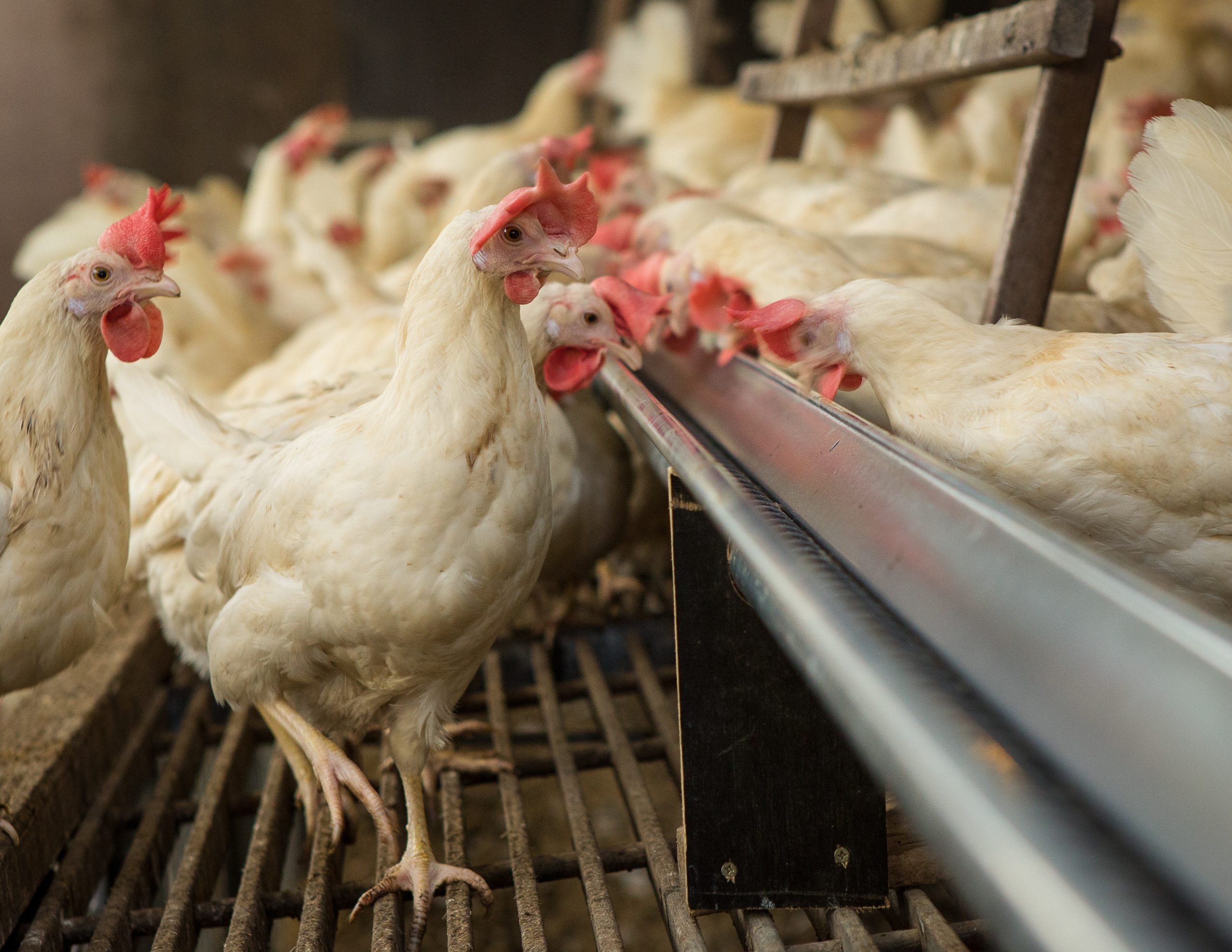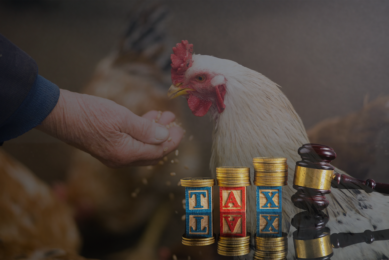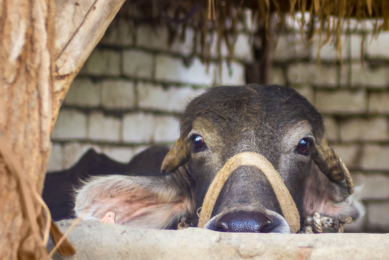Insect meal allowance expected in 2020

Insect meal is expected to be allowed in livestock feed by 2020. This is the prediction of Dutch bank ABN Amro in its recent publication about the opportunities and limitations of insects for food, feed and pet food.
The report (in Dutch) gives a clear outline of the current situation of insect production and the application of insect protein and insect oil in various segments. It states that the insect business is growing fast. Since 2000, companies have been founded in the US, Canada, China, South Africa and Europe. The growth of the insect rearing sector is best reflected in the growth of the Black Soldier Fly (BSF). Global production of BSF is growing rapidly; from 7,000-8,000 tonnes wet weight in 2014-2015 to 14,000 tonnes in 2016.
According to the bank’s publication, within the current legislation a lot is already possible for the human food and pet food sectors, but the EU legislation doesn’t allow the use of insect protein yet. ABN Amro states that there are promising prospects related to possible changes of the EU legislation. Once the legislation will change and feeding insect protein becomes allowed, the market perspective will become even brighter.
Aquafeed: Q3 2017
Since the BSE crisis, Europe enforces the TSE legislation. In short, this means that no processed animal protein are allowed to use in food producing animals. Over the last years, several insect producing companies, together with major stakeholders,. Have lobbied to make an exception for insect meal. This has had an effect. At the moment, the DG Health and Food Safety of the European Commission is preparing a voting in the EC for the introduction of insect meal in aquaculture diets through the regulation 56/2013. Earlier assessments among EU member states made clear that most member states are willing to change the current legislation to make introduction of insect meal in fish diets possible. It is expected that new legislation will come into force in the third quarter of 2017. The International Platform of Insects for Food and Feed (IPIFF) expects that on the long term (after 2023) insect meal can also compete with the price of fish meal. This will open up further growth of use if insect meal in the aquaculture industry.
Poultry and pig feed: 2020
The European TSE legislation prohibits the use of dead insects or processed insects in feed for chickens and pigs. However, it is allowed to feed live insects, insect oil or hydrolysed protein. Dutch firm Coppens for example already mixes insect oil in their commercial pig feed. More research is being carried out the further confirm the health promoting benefits of chitin and lauric acid (found in insects) for animals. Wageningen UR in the Netherlands for example is an active player in this type of research. IPIFF says that the allowance of insect meal for pigs and poultry will be the main focus after approval of its use in aquafeed. Given the effort required, IPIFF expects that amendments for pig and poultry feed take place in 2020. This will create more market opportunities for insect meal to enter the huge poultry feed market as of 2023. A prerequisite for success is that production volumes will rise and the cost price of insect meal drops. In the figure below a rough calculation on the expected demand of insect meal when certain ingredients in aquafeed, pig and poultry feed are partly replaced.
Price comparison of insect meal
It should be noted The production volumes of fish meal, high quality soybean meal extract, and soybean meal is hundreds of times larger then protein products from insects. ABN Amro published a price comparison in the report in which trading prices of protein, derived from various sources are compared. It is clear that the BSF and small mealworm are the most competitive ones, compared to the existing, high-quality protein sources like fishmeal and high-quality soy meal. As soon as the insect meal sector matures, it can become more efficient, hence bringing the cost down.
For the English summary of the report, click here.











